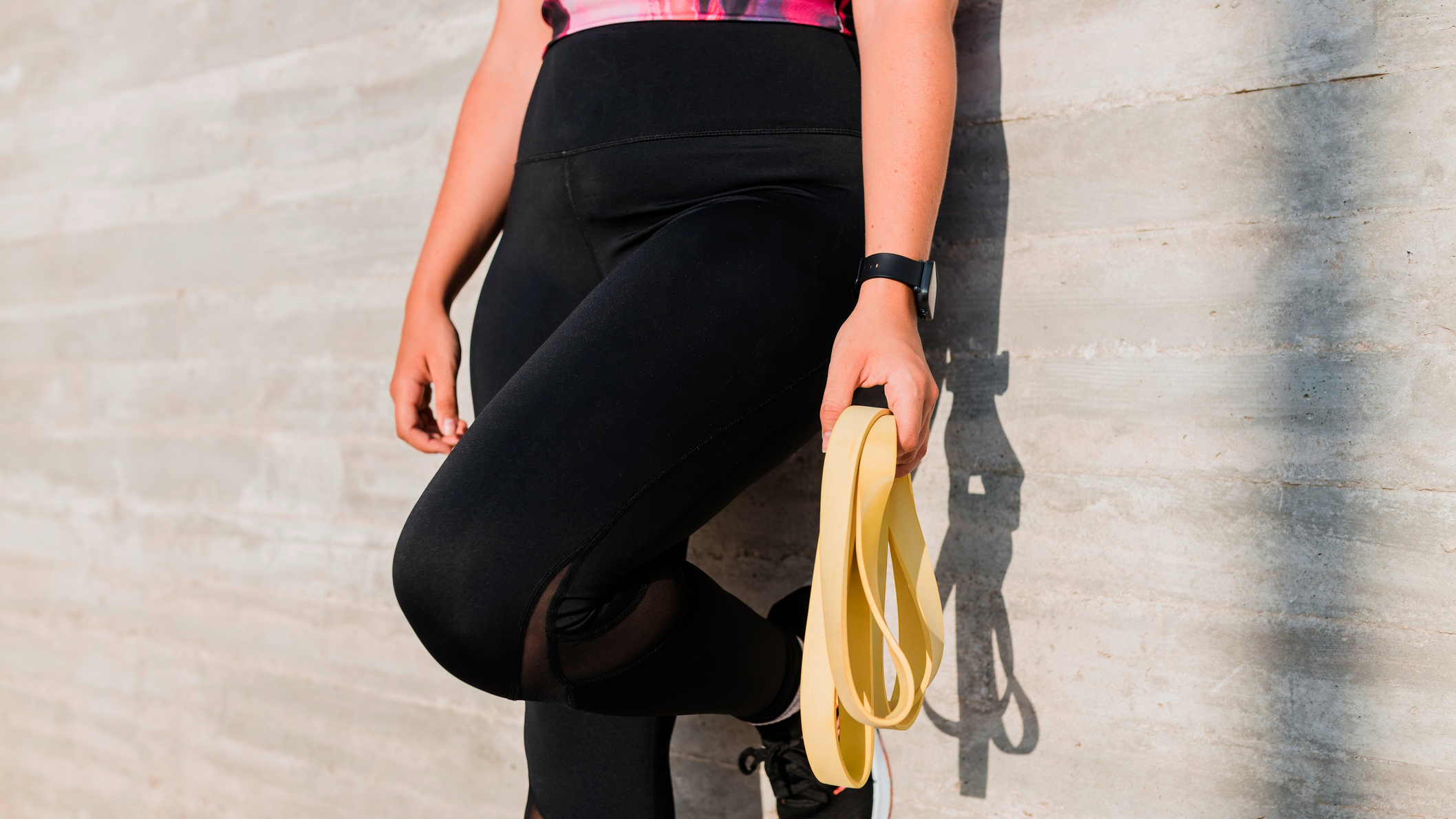
You’d assume that the best way to get better at running is to run and there’s plenty of truth to that. But strength training is crucial if you want to become a better, faster runner, and it can also help to prevent injury.
An essential component of any strength training plan for runners is to build a strong core.
“Strengthening the core for runners increases stabilization of the torso,” personal trainer Tess Glynne-Jones tells Coach. “That means you have a greater level of control through your midsection while you’re running, which then allows you to expend less energy on trying to stabilize and brings you into a more efficient position.”
When your core is strong, your body will naturally engage those muscles without having to try very hard to do so. This means you can put more energy into running.
This workout from Glynne-Jones is designed for runners, building strength in the entire core including the hips, obliques and, of course, the abdominal six-pack muscles too.
All you need for this workout is a short resistance band. If you don’t own one already it’s well worth buying one because you’ll find plenty of affordable options in our selection of the best resistance bands, and mini bands in particular frequently feature in workouts for runners. You need one to perform some of these five strength exercises for runners, preventive runner’s knee exercises and glute activation exercises,
Glynne-Jones recommends performing these exercises ahead of a run to help switch the core on and increase your stability before running.
Watch Glynne-Jones’s Instagram reel below, where she demonstrates each exercise and goes into more detail about why these particular moves are so effective for runners.
Building a strong core is especially important if you run long distances. “A strong core is going to prevent your posture suffering when you start to fatigue,” says Glynne-Jones. “When your posture goes, that is when you tend to get injuries.”
The core doesn’t mean just the abdominal muscles, but all the muscle groups surrounding the torso too. “You’re also targeting the hip flexors, glutes and adductors in this workout, all of which help to stabilize the pelvis and hips,” says Glynne-Jones.
This workout is all about stability, so move slowly and intentionally through each exercise. Focus on increasing the time your muscles are under tension, rather than rushing the movements.
Once this routine ceases to pose a challenge, try these core workouts for runners, where you’ll find two levels to suit different starting points. Or if you’re prepared to put yourself through the ringer, try this core workout used by Kenyan marathon runners.







